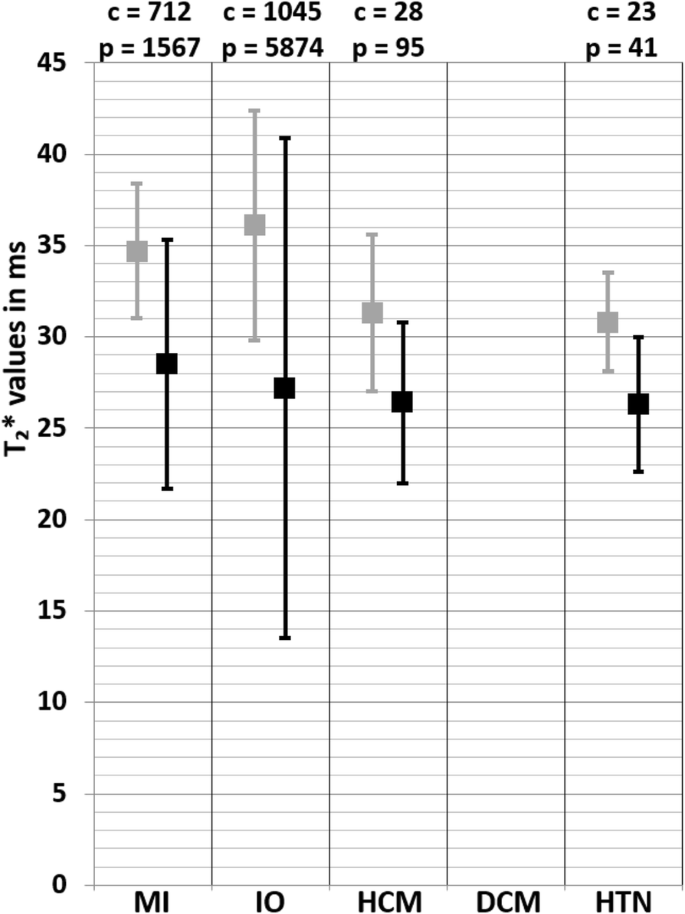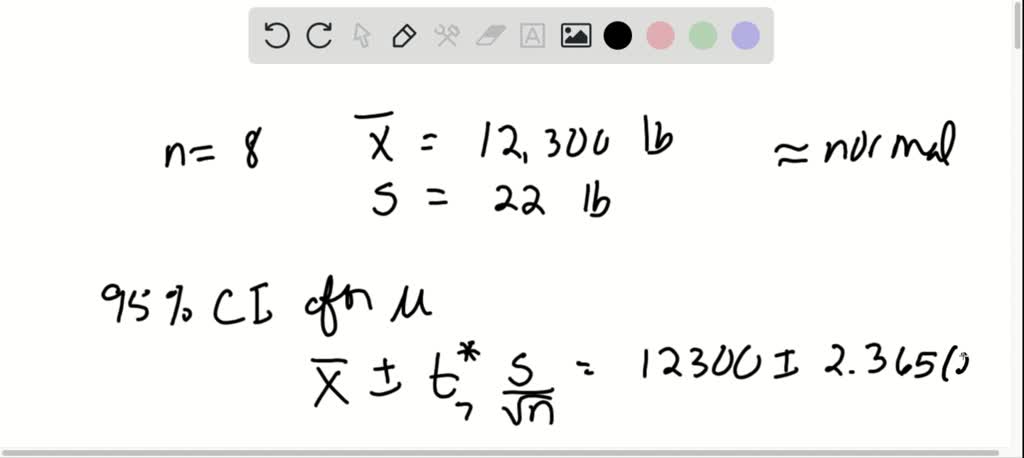

Multi-Asset Portfolio SD Calculator: Asset Ρ CA = correlation coefficient between returns on asset C and asset A. Ρ BC = correlation coefficient between returns on asset B and asset C.

Ρ AB = correlation coefficient between returns on asset A and asset B. Ω B = weight of asset B in the portfolio Σ P = is the portfolio standard deviation Σ P = (w A 2σ A 2 + w B 2 σ B 2 + w C 2σ C 2 + 2w Aw Bσ Aσ Bρ AB + 2w Bw Cσ Bσ Cρ BC + 2w Aw Cσ Aσ Cρ AC) 1/2 Portfolio standard deviation for a two-asset portfolio is given by the following formula: Owing to the diversification benefits, standard deviation of a portfolio of investments (stocks, projects, etc.) should be lower than the weighted average of the standard deviations of the individual investments. One of the most basic principles of finance is that diversification leads to a reduction in risk unless there is a perfect correlation between the returns on the portfolio investments.

It is a measure of total risk of the portfolio and an important input in calculation of Sharpe ratio. Viewed simplistically it can be regarded as smoothing the data.Portfolio standard deviation is the standard deviation of a portfolio of investments. When used with non-time series data, a moving average filters higher frequency components without any specific connection to time, although typically some kind of ordering is implied. Mathematically, a moving average is a type of convolution and so it can be viewed as an example of a low-pass filter used in signal processing. It is also used in economics to examine gross domestic product, employment or other macroeconomic time series. For example, it is often used in technical analysis of financial data, like stock prices, returns or trading volumes. The threshold between short-term and long-term depends on the application, and the parameters of the moving average will be set accordingly. Then the subset is modified by "shifting forward" that is, excluding the first number of the series and including the next value in the subset.Ī moving average is commonly used with time series data to smooth out short-term fluctuations and highlight longer-term trends or cycles. Given a series of numbers and a fixed subset size, the first element of the moving average is obtained by taking the average of the initial fixed subset of the number series. Variations include: simple, cumulative, or weighted forms (described below). It is also called a moving mean ( MM) or rolling mean and is a type of finite impulse response filter.

In statistics, a moving average ( rolling average or running average) is a calculation to analyze data points by creating a series of averages of different subsets of the full data set. Smoothing of a noisy sine (blue curve) with a moving average (red curve).


 0 kommentar(er)
0 kommentar(er)
